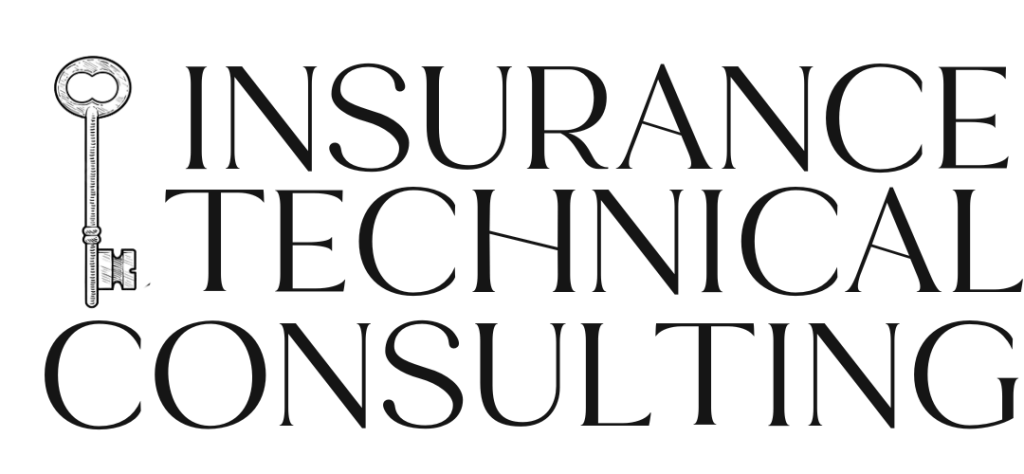
Does Business Income for Property require coinsurance? There are three alternatives to using coinsurance:
- Monthly Limit of Indemnity (see post)
- Maximum Period of Indemnity
- Agreed Value
All three are built into ISO form CP 0030, Business Income (and Extra Expense). This post will discuss Agreed Value and Maximum Period of Indemnity. An Agreed Value limit requires the policyholder to obtain approval for a BI worksheet. The requirement for the dreaded worksheet is actually built into the ISO form, so it’s probably useless to try to wheedle your underwriter into accepting last year’s version.
To renew the coverage, a new worksheet must be approved because the form only waives coinsurance for 12 months. Making midterm changes to the limit also means a new worksheet requirement.
Similar to Monthly Limit, the Maximum Period of Indemnity option uses just 73 words in the form, including that coinsurance does not apply. Another often misunderstood type, Maximum Period limits coverage to a period of no more than 120 days. Actually, the limit is the shortest of the following time periods:
- When the limit of BI and EE has been spent.
- When the period of restoration has ended (insured returns to pre-loss capability).
- When 120 days have passed.
When 120 days have passed, no further Business Income or Extra Expense coverage is available, even if the loss is ongoing, or even if the entire limit has not been used.
This option has the highest rate for coinsurance alternatives. But considering that a lower rate is probably used, the actual premium could be lower. Maximum Period of Indemnity should only be used if there is no doubt the policyholder can return to full operations in 120 days.
Do your validating producers understand Business Income, or know where to learn about it? Insurance Technical Consulting specializes in one-on-one mentoring of commercial producers so they gain confidence in what they are selling and make fewer errors. Save your agency time with potential to increase revenue and reduce E&O costs. Explore the website at InsuranceTechnicalConsulting.com for more information.
Share Post :
